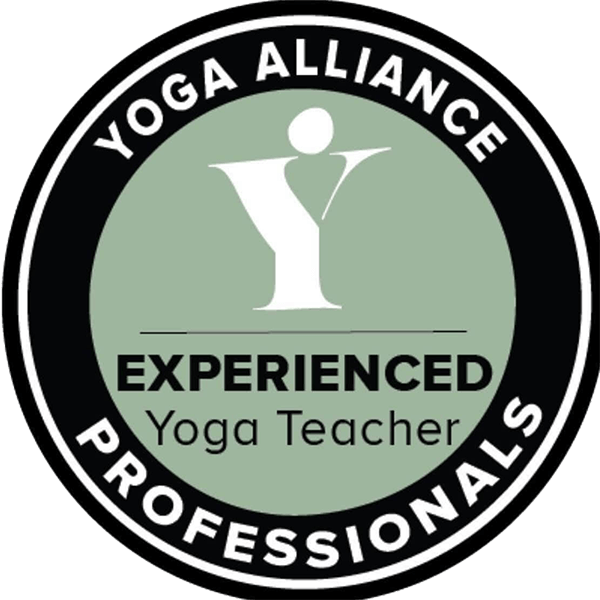Discover the Synergy of Yoga and Ayurveda
Ayurveda in North East Lincolnshire: A Holistic Path to Well-being with Isabella
Ayurveda is one of the world’s oldest holistic healing systems, rooted in India and refined over more than 5,000 years. Meaning “the science of life” in Sanskrit, this ancient practice offers timeless guidance on living in harmony with ourselves and the world around us.
Unlike modern approaches that often focus only on treating symptoms, Ayurveda addresses the whole person—mind, body, and spirit. It draws on a powerful toolkit of therapies, including massage, yoga, breathwork, meditation, herbal remedies, and tailored nutritional advice.
Isabella brings this deeply nurturing practice to North East Lincolnshire, offering personalised Ayurvedic treatments and guidance to support local residents on their wellness journeys. Whether you’re looking to ease stress, improve sleep, manage grief, restore balance in your diet, or care for your skin with natural solutions, Ayurvedic wisdom can offer lasting transformation.
Experience the benefits of Ayurveda in North East Lincolnshire with Isabella and discover a more balanced, peaceful way of living.
My Ayurveda Therapies

Head/Neck/Arm Treatment (shirobhyanga)
A deeply therapeutic caring treatment designed to nourish the scalp, and wash away tensions associated with migraine, headache and neck stiffness. It involves warm dosha-specific oils poured into the hair, aiding the nourishment of roots. While the indigenous herbs calm and revitalise the spirit, ancient massage techniques allow the body to surrender and enhance overall equilibrium.
Good for: stress; strain; migraine; hair condition.
Duration: 30 minutes.

Full body with marma [vital] points (marma abhyanga)
An ancient therapy combining pressure to specific marma (vital) points all over the body and yogic stretches of all joints. The massage manipulates healthy flow of energy through the body’s junctions and nadis (pathways and channels), and delivery is personalised according to your needs.
Good for: relaxation, detoxification, fatigue, anxiety, nourishment to skin.
Duration: 60 minutes.
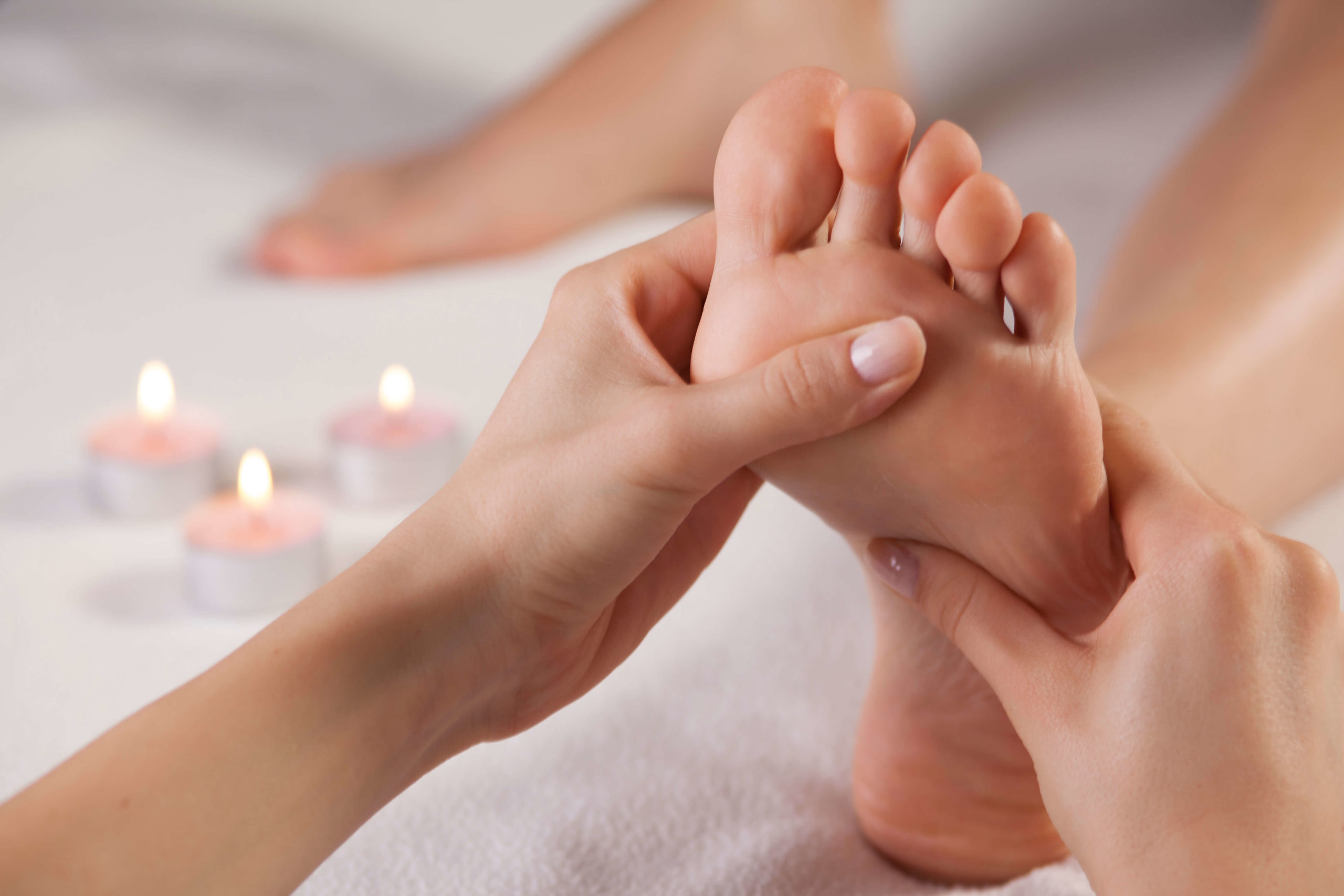
Lower leg & foot treatment (padabhyanga)
Tri-Dosha’s Ayurvedic alternative to reflexology. Combining deeply therapeutic techniques to release energy blockages, improve circulation and restore tired calf muscles, the body is eased and energised. In addition, the soles of the feet are cleansed and nourished. Ideal as a preventative monthly maintenance therapy against the stresses of the modern world.
Good for: relaxation, vitality, blood circulation, mums-to-be, after a flight.
Duration: 30 minutes.
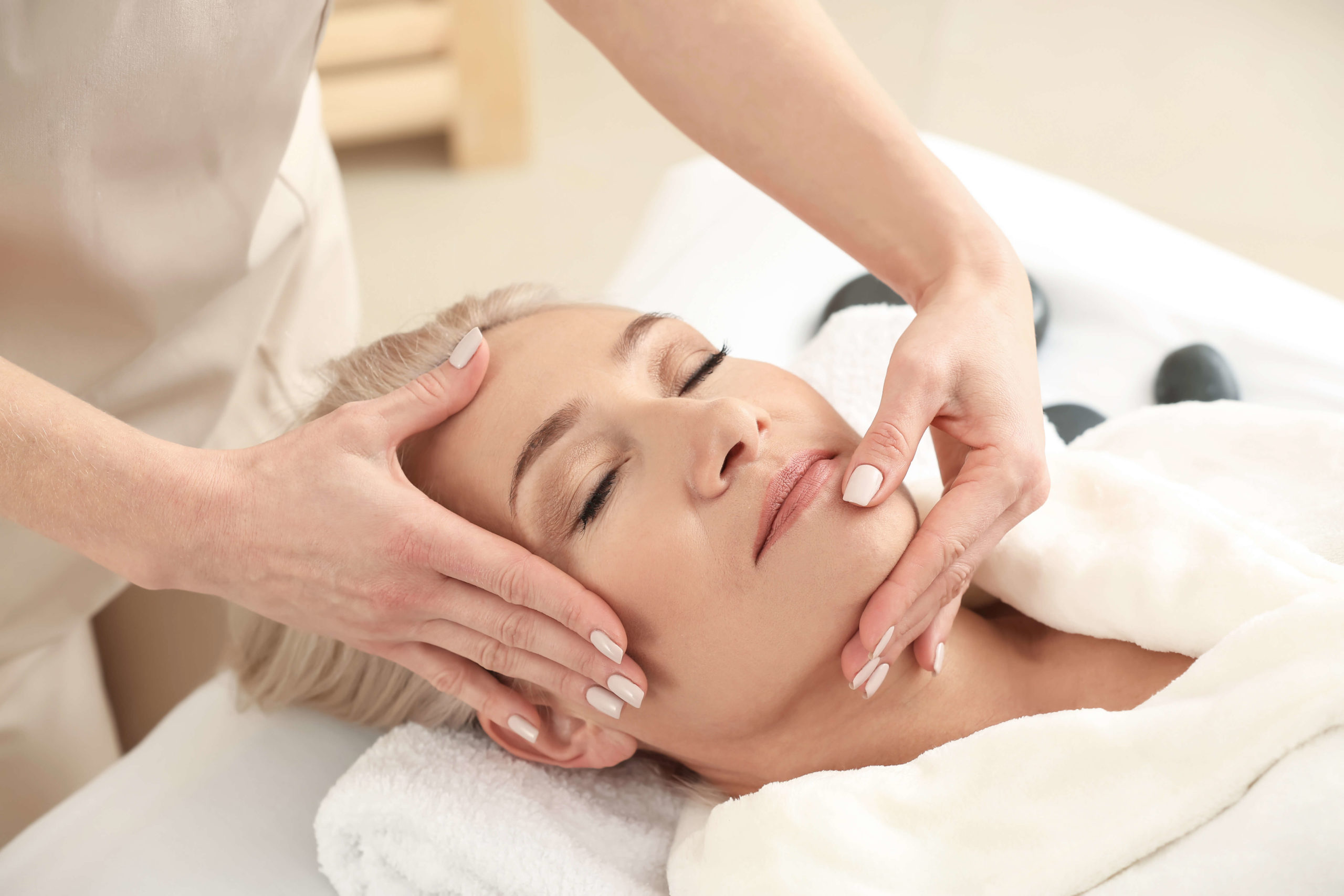
Face massage with marma [vital] points (mukhabhyanga)
Working on the face, neck and head, mukhabhyanga is a remedial therapy where firm pressure lifts facial muscles, leaving a youthful and vibrant glow. By massaging marma points, the movements increase energy flow; stimulate blood flow and collagen, which helps to reduce problem lines.
Good for: physical and mental wellness (sattva), anti-ageing.
Duration: 30 minutes. Best taken: as a course of six.
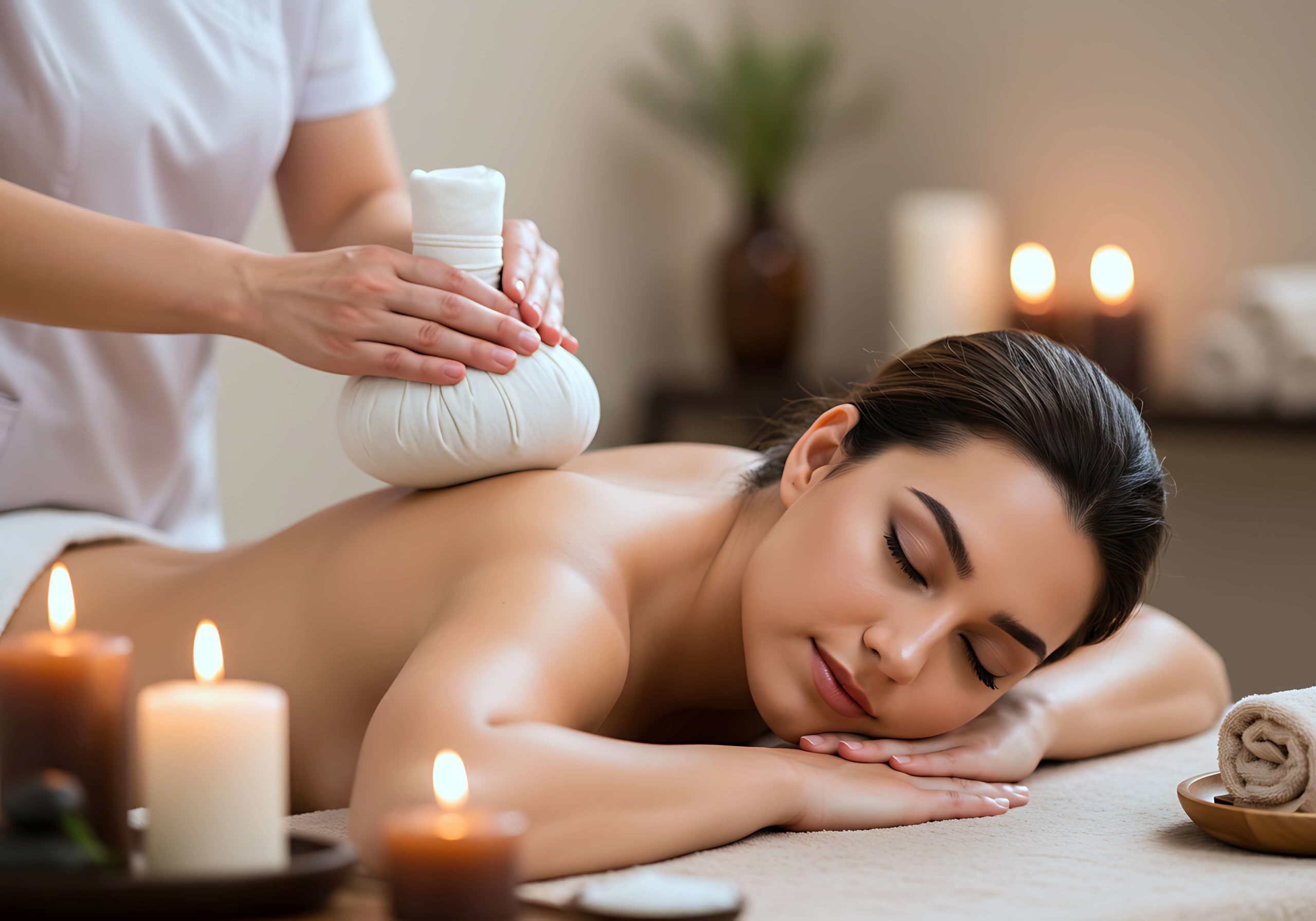
Herbal compress massage (pinda sweda)
Therapeutic Ayurvedic herbal powders are crushed in a traditional pestle and mortar and tied into a muslin cloth which forms the medium for this treatment, known in India as a bolus. After warming, oil is applied to the body using the bolus and an Ayurvedic technique known as pummelling. Extremely nourishing, strengthening and rejuvenating, this treatment is great for sports enthusiasts as it addresses problems relating to weak joints and sore muscles.
Good for: stiff joints and pains; arthritis; inflamed muscles; certain skin conditions.
Duration: 60 minutes.
Holistic Wellness Packages
Package 1
- 30 Minute Gentle Yoga Flow – Helping you to release tension from your body, concentrating on your shoulders and neck.
- 30 Minutes of Ayurveda Facial Massage – Releasing Marma (vital) points from your face neck and shoulders (Mukhabhyanga) Working on the face, neck and head, mukhabhyanga is a remedial therapy where firm pressure lifts facial muscles, leaving a youthful and vibrant glow. By massaging marma points, the movements increase energy flow; stimulate blood flow and collagen, which helps to reduce problem lines. Good for: physical and mental wellness (sattva), anti-ageing.
Package 2
- 30 Minutes of Gently Yoga Flow – Helping you to release tension from your body, concentrating at your hips and lower back
- 30 Minutes Lower Leg & Foot Treatment – Tri-Dosha’s Ayurvedic alternative to reflexology. Combining deeply therapeutic techniques to release energy blockages, improve circulation and restore tired calf muscles, the body is eased and energised. In addition, the soles of the feet are cleansed and nourished. Ideal as a preventative monthly maintenance therapy against the stresses of the modern world.
- Good for: relaxation, vitality, blood circulation, mums-to-be, after a flight.
Package 3
- 30 Minutes Gentle Yoga Flow – Helping to release tension from the body
30 Minutes Head/Neck/Arm Treatment (shirobhyanga) – A deeply therapeutic caring treatment designed to nourish the scalp, and wash away tensions associated with migraine, headache and neck stiffness. It involves warm dosha-specific oils poured into the hair, aiding the nourishment of roots. While the indigenous herbs calm and revitalise the spirit, ancient massage techniques allow the body to surrender and enhance overall equilibrium.
Good for: stress; strain; migraine; hair condition.
The Types of Touch
Sattvic, Rajasic & Tamasic Touch in Ayurvedic Massage: Ancient Wisdom in Every Stroke
In Ayurvedic massage, touch is not just physical — it’s energetic. The type of touch used during a treatment carries a specific vibrational quality that influences the body, mind, and spirit. These qualities are described in Ayurveda as Sattvic, Rajasic, and Tamasic — the three gunas (fundamental energies) that exist in all things, including the way we give and receive touch.
Understanding these subtle differences allows the therapist to choose the right type of touch for each individual’s needs, helping to restore balance and promote true healing.
Sattvic Touch:
Calm, Healing, and Spiritually Uplifting
Sattvic touch is light, gentle, and deeply nurturing. It creates a peaceful, meditative state, bringing clarity and stillness to both mind and body. This type of touch promotes healing at a spiritual level and is ideal for those seeking inner peace, stress relief, or emotional release. It supports nervous system regulation and enhances the flow of prana (life force energy).
Isabella often uses Sattvic touch in her North East Lincolnshire clinic when treating clients experiencing anxiety, grief, or emotional burnout.
Rajasic Touch: Stimulating, Active, and Energising
Rajasic touch is faster-paced and more stimulating, with firmer pressure and brisk movements. It activates the muscles and circulation, supports detoxification, and awakens the senses. This style is useful for those who feel mentally sluggish, physically heavy, or energetically stagnant.
In Isabella’s Ayurvedic practice, Rajasic touch is commonly used to invigorate clients who feel lethargic or disconnected from their body, especially Kapha-dominant types.
Tamasic Touch: Deep, Heavy, and Grounding
Tamasic touch is slow, heavy, and grounding — often applied in deep tissue techniques. While it can help in releasing deep-seated tension or emotional holding, excessive Tamasic touch can leave a person feeling dull or fatigued, so it must be used with care and intention.
Isabella uses Tamasic techniques in a balanced way to help clients who feel overwhelmed, disconnected, or trapped in overactive mental patterns, helping them reconnect with the physical body in a safe, grounded way.
